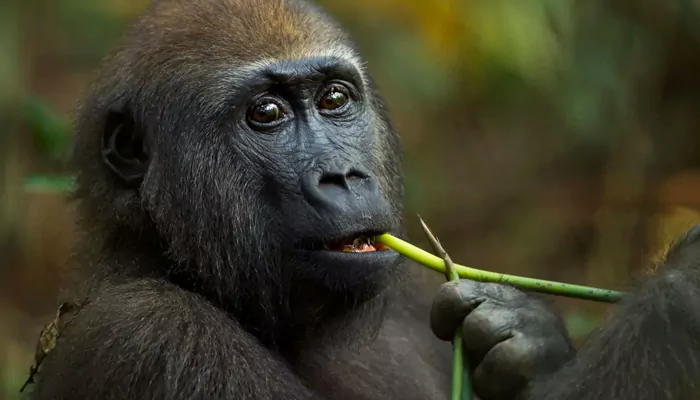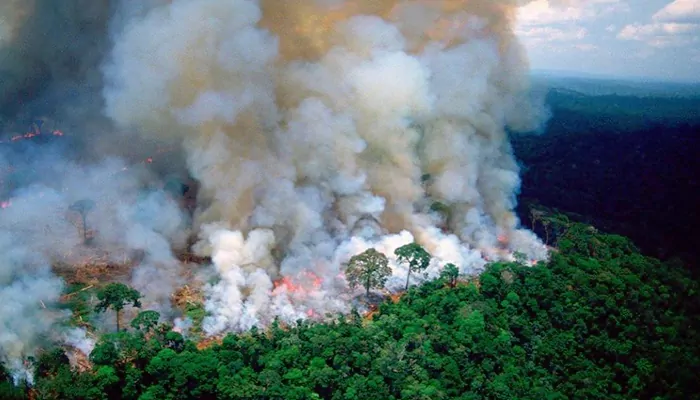
Here are today’s most important updates from the realm of Science and Space.
NASA's Red Spider Nebula: A Celestial Masterpiece Wows the World
Hubble Telescope, the humankind's eye in space, has been capturing astonishing images over the decades. Now, the telescope has clicked the stunning Red Spider Nebula, situated approximately 3,000 light-years away in the constellation Sagittarius. Tauted as one of the most hottest stars in the universe, the surface temperature of this planetary nebula as high as 250,000°C (450,000°F).
NASA described the image as, ''Orange waves of hot gas, resembling the curved legs of a black widow spider, surround a pinkish glowing core in this image of a planetary nebula. The background is spotted with white points of light.'’
The fascinating picture of the ''Cosmic Spider'' have delighted the space enthusiasts on social media.
Rising Tides, Sinking Future: 60 Million Indians Facing Sea Level Rise Risk

A recently published Lancet research report has revealed India's vulnerability to climate change, mentioning “By 2100, under a 2°C global temperature rise scenario, an estimated 60 million Indians could be at risk from rising sea levels”. The study also highlighted India's exposure to alarmingly high wet bulb temperatures, which may lead to human heat stress in several regions.
As of 2020, at least 1 billion Indians were living in places where providing sufficient ecosystem services required for overall safe well-being was impossible. The findings highlights an urgent need for sustainable environmental policies along with adaptation strategies to mitigate India's climate vulnerabilities.
Ancient Wisdom Meets Wild Insight: Gorillas and Healers Pave the Way for New Medicines

The study was conducted by the researchers Interdisciplinary Medical Research Centre of Franceville in Gabon revealed a strange link between eating habits of gorillas (Gorilla gorilla) and conventional medicinal tropical plants. These four plants are fromager tree (Ceiba pentandra), giant yellow mulberry (Myrianthus arboreus), African teak (Milicia excelsa), and fig trees (Ficus). The researchers discovered abundant antioxidating and antimicrobial properties in these plants, which has been traditionally used as healers.
This novel research provides insights about plants with unique healing properties, which might be promising targets for drug discovery research.
Ozone Threat: Tropical Forests Falter as Ozone Pollution Blocks Carbon Capture

Research on ozone susceptibility among global vegetation revealed tropical forest has been prevented from capturing 290 million tonnes of carbon per year since 2000. This is equivalent to a 17% reduction in carbon removal by tropical forests. The huge amount of remaining uncaptured is contributing largely on global warming and climate change. This low-lying ozone, formed mainly due to anthropogenic activities interferes with plants’ ability to absorb carbon dioxide as well as poses health risks to humans. The study highlights the areas designated for ongoing and future forest restoration.



.webp)
.WEBP)
.WEBP)
.webp)
.webp)


.webp)
.webp)
.webp)